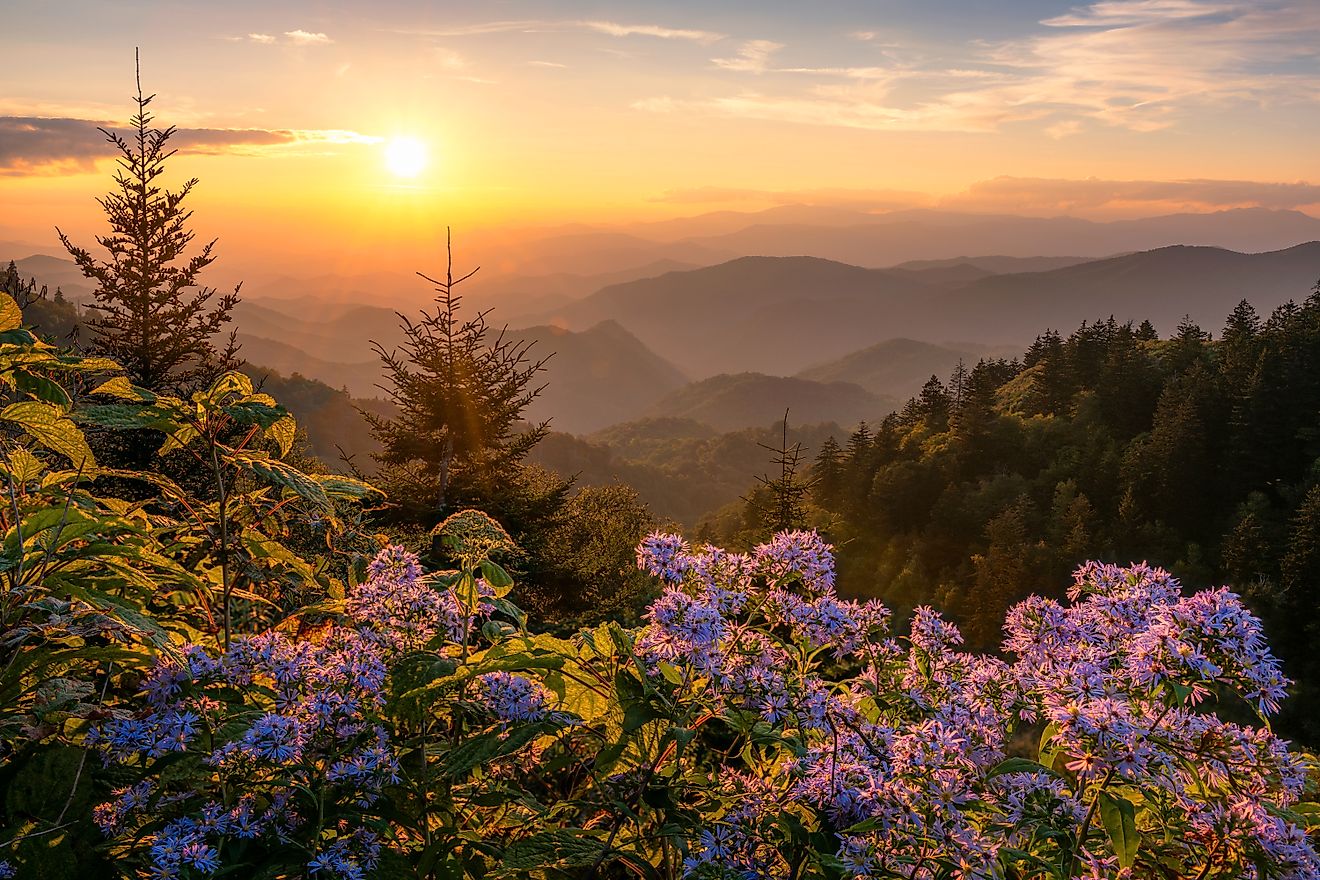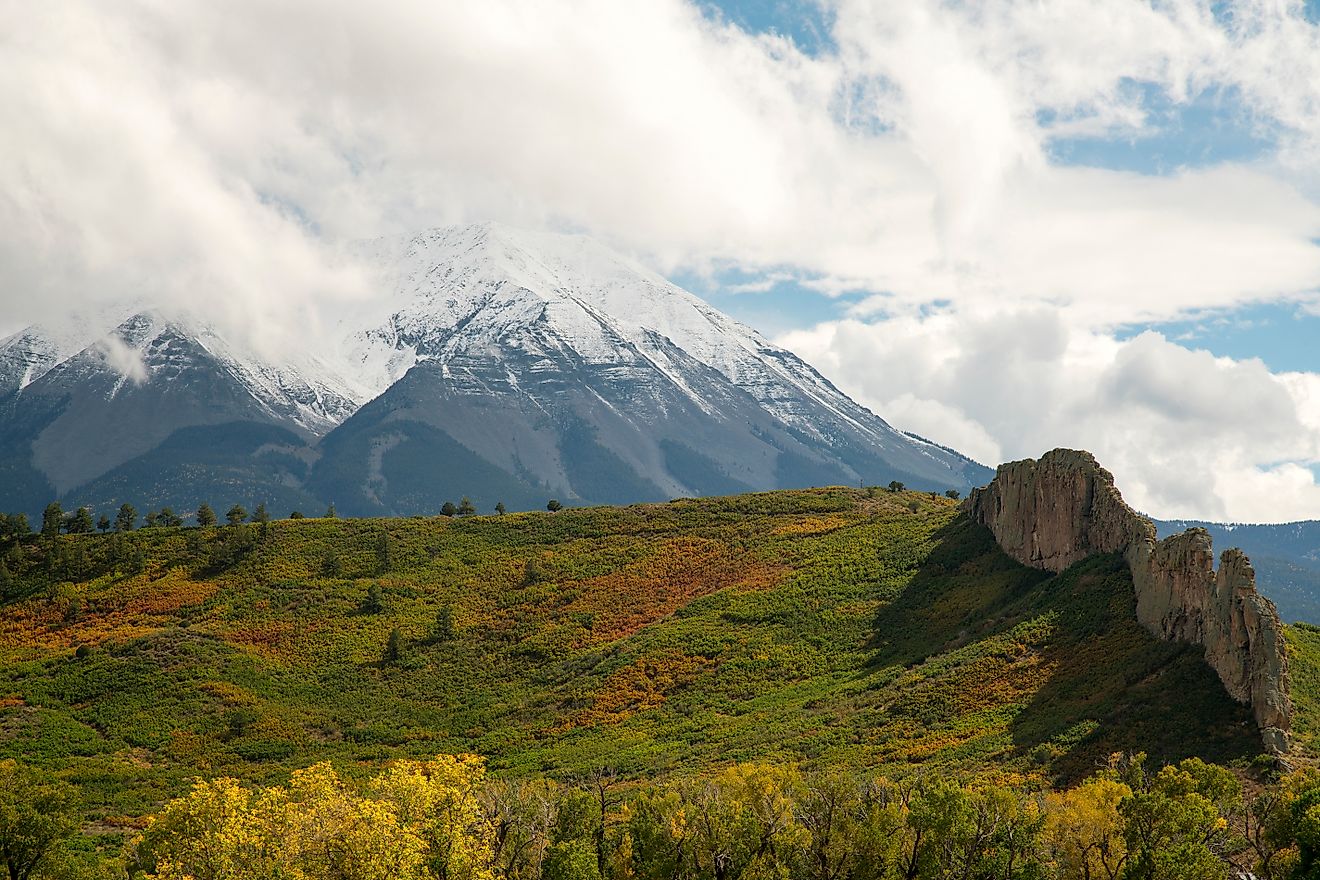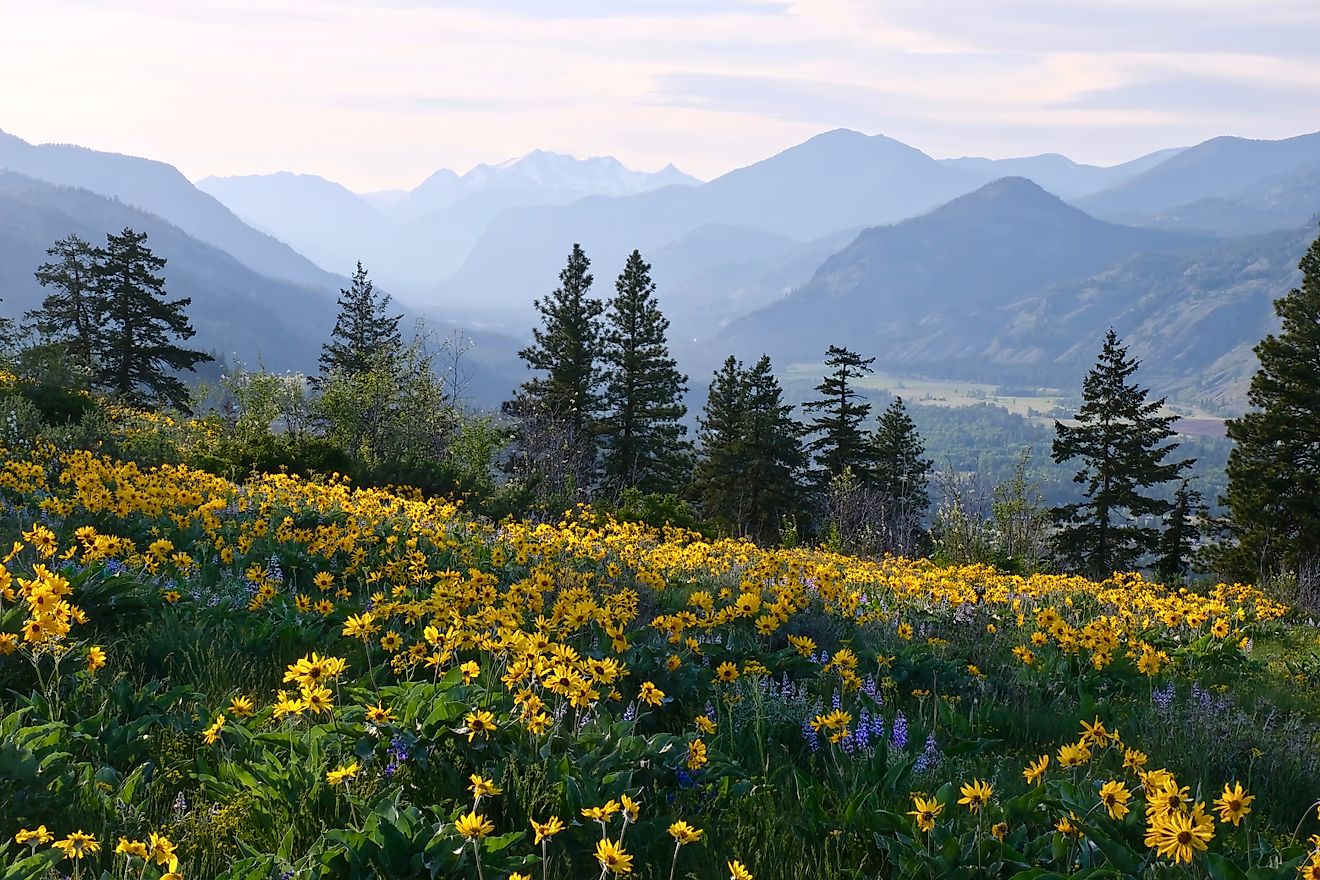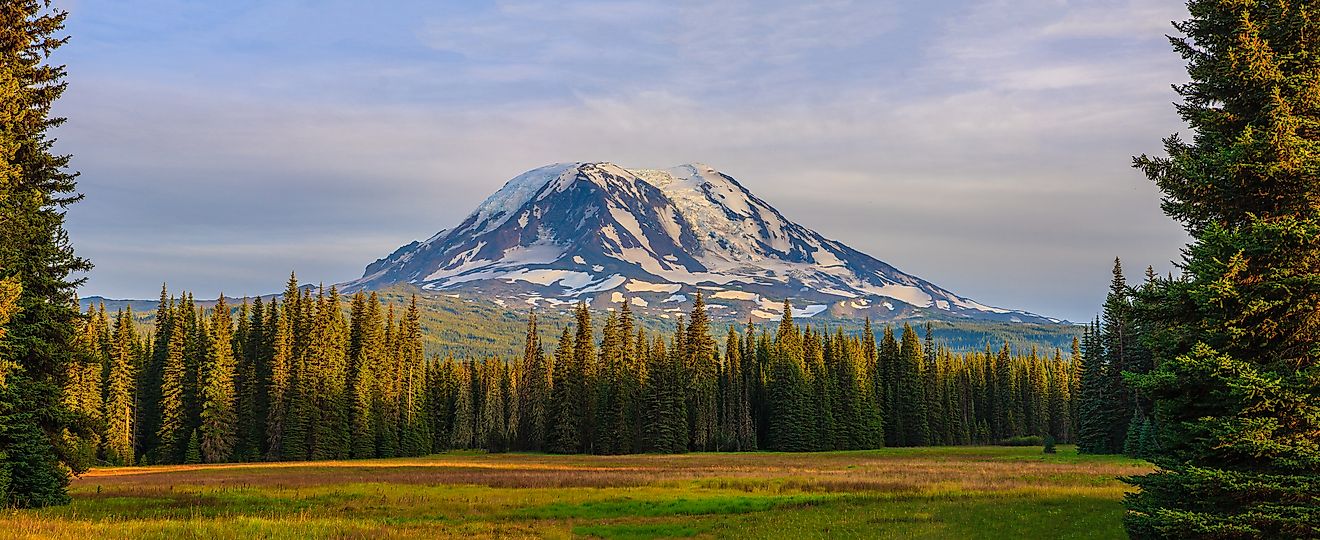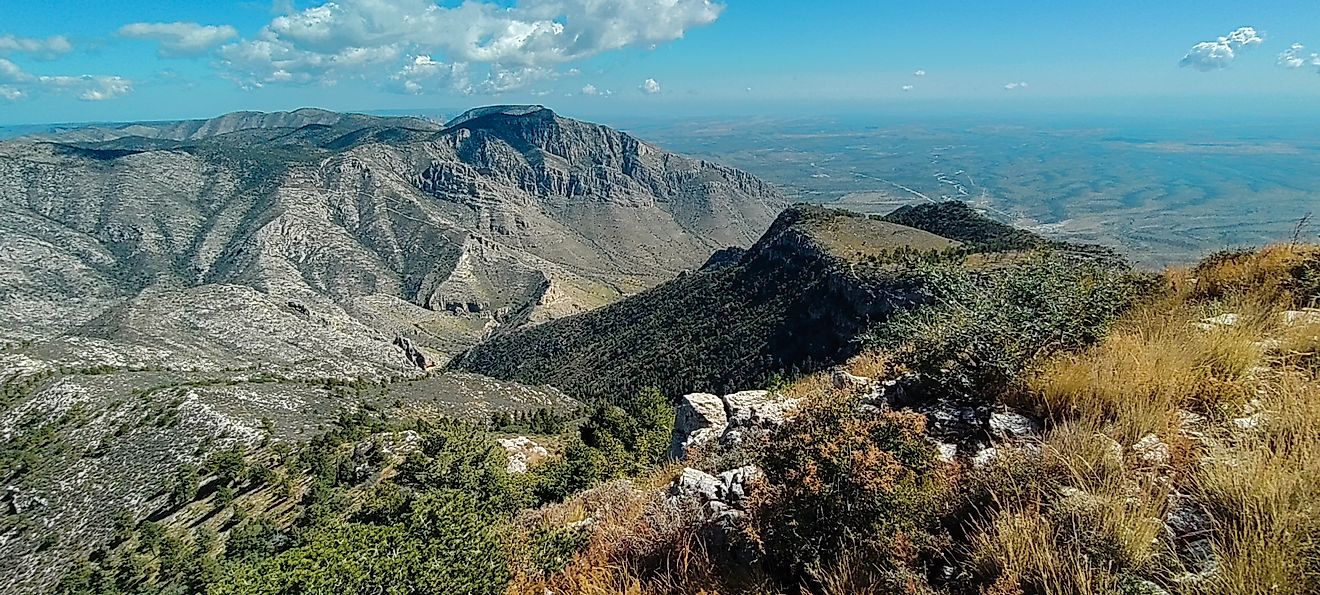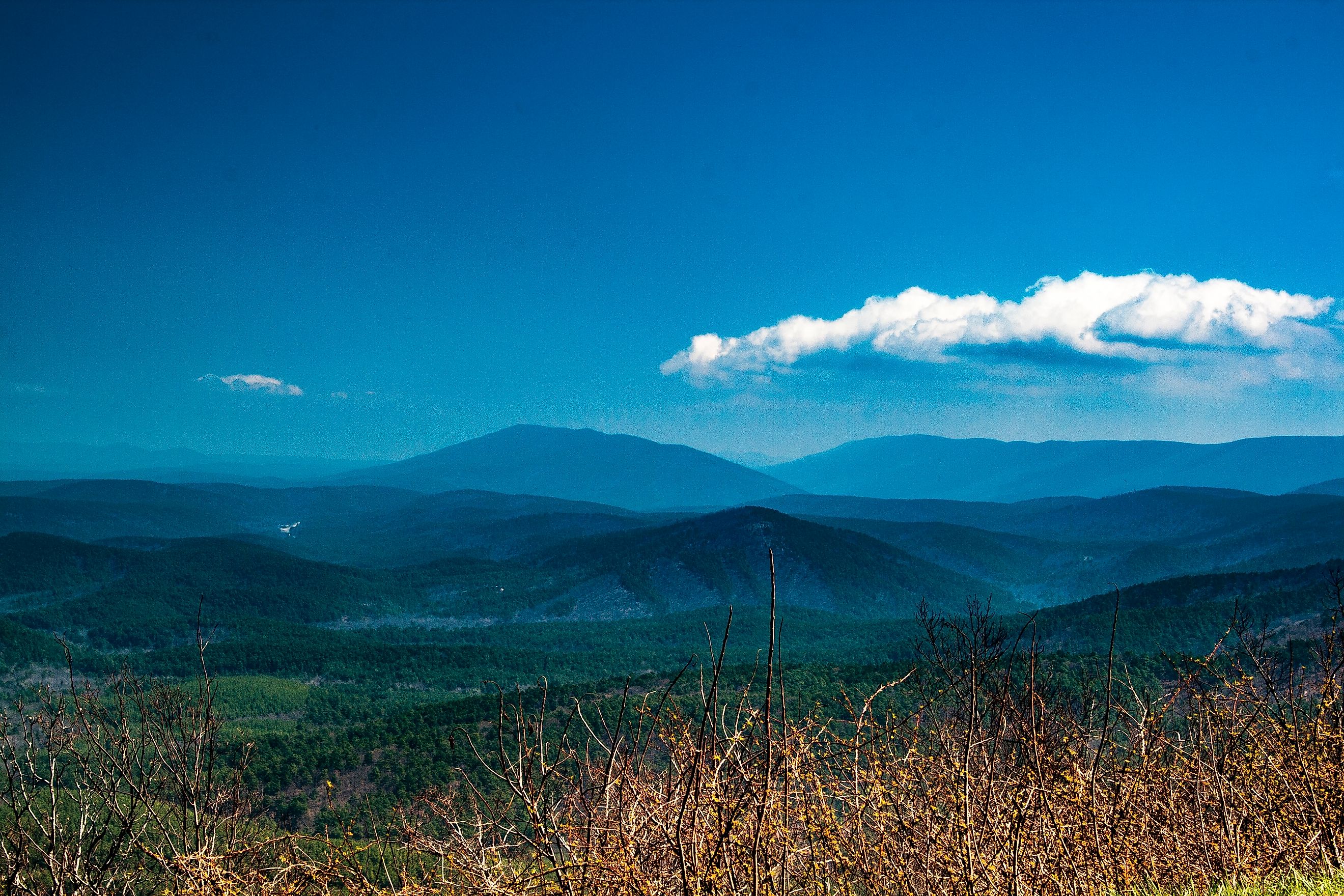
Ouachita Mountains
Stretching across western Arkansas and southeastern Oklahoma, the Ouachita Mountains form one of the most distinctive and complex geological regions in the central United States. Often overshadowed by the better-known Appalachian and Rocky Mountains, the Ouachitas are no less striking. Their folded peaks, pine-covered ridges, and quartz-laced valleys tell a story 500 million years in the making.
Home to a remarkable blend of ancient geology, rare plant life, and scenic wilderness, the Ouachitas are part of a unique mountainous corridor known as the US Interior Highlands, one of the few highland areas between the Appalachians and the Rockies. Today, they offer a haven for outdoor enthusiasts, scientists, and travelers in search of natural solitude and historical depth.
A Mountain Range Built by Ancient Seas
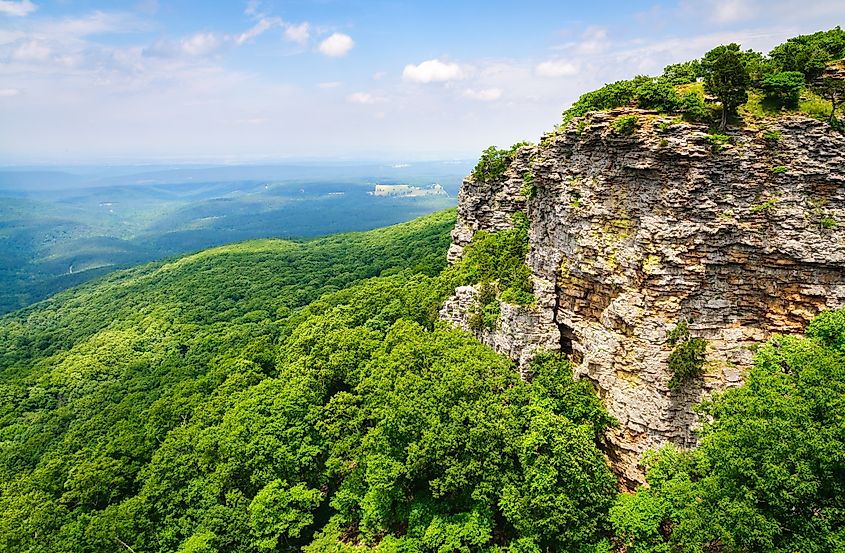
The origins of the Ouachita Mountains lie in a dramatic chapter of Earth’s geologic history. The range was formed by intense compressional forces during the late Paleozoic era, between 300 and 320 million years ago, when tectonic plates collided to form the supercontinent Pangaea. These collisions created the Ouachita Fold and Thrust Belt, a series of complex folds, faults, and uplifts that gave birth to the mountains.
Geologists refer to the Ouachitas as an anticlinorium, a broad, arch-like structure where the oldest rocks (such as Cambrian and Mississippian shale and sandstone) are exposed in the center. The range continues underground far beyond what’s visible today, connecting in the east with the Appalachian Mountains and in the southwest with the Marathon Uplift of Texas.
Unlike many mountain ranges shaped by volcanic activity, the Ouachitas exhibit little to no volcanism or high-grade metamorphism, which makes their geology especially unique. Instead, these mountains formed primarily through the folding, faulting, and uplifting of sedimentary rocks deposited in an ancient sea known as the Ouachita Trough.
A Rugged Landscape with East-West Orientation
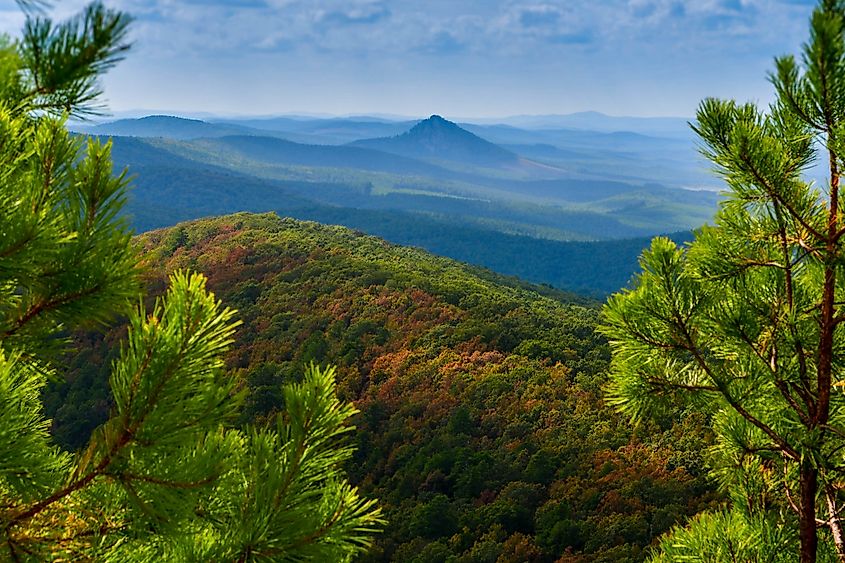
One of the most distinctive features of the Ouachita Mountains is their east-west orientation, a rarity in North American mountain systems. The ridges and valleys run horizontally across the map, differing from the north-south orientation of most ranges.
This layout divides the landscape into a series of subranges, each with its own geological and ecological character. Among them are the Fourche Mountains, a prominent, heavily forested chain composed of weather-resistant Jackfork Sandstone. These mountains serve as a major watershed divide, separating the Arkansas River Basin to the north from the Red River Basin to the south.
Other key subranges include:
-
The Zig Zag Mountains, home to Hot Springs National Park and named for their chevron-shaped folding patterns.
-
The Crystal Mountains, known globally for producing some of the world’s finest quartz crystals.
-
The Athens Plateau, characterized by low-relief ridges and widespread pine plantations.
-
The Frontal Ouachita Mountains, which feature Mount Magazine, the highest point in the Ouachitas and the entire US Interior Highlands at 2,753 feet.
Quartz and Novaculite: Geological Treasures
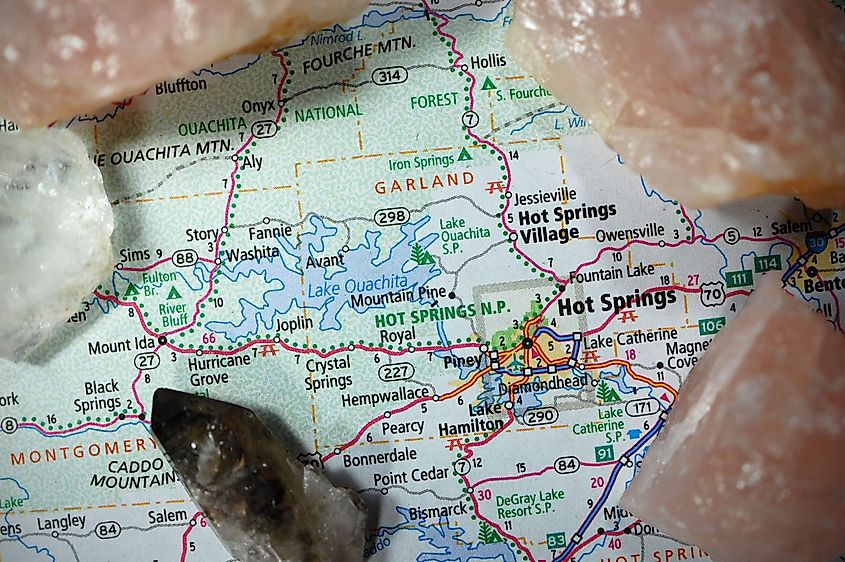
Perhaps no other feature of the Ouachitas is more famous than its quartz deposits. Around Mount Ida, Arkansas, often called the “Quartz Capital of the World,” geologists and hobbyists seek out the clear, hexagonal crystals that formed when silica-rich fluids filled rock fractures millions of years ago. Some crystals have grown to be several feet long and the area remains one of the best places in the world to find natural quartz specimens.
Another valuable resource is novaculite, a hard, dense form of chert that has undergone low-grade metamorphism. Unique grades of Arkansas novaculite are used to make whetstones, prized for sharpening knives and tools. These geological products helped shape the region’s economy and remain integral to its cultural identity.
A Living Landscape: Ecology and Endemism
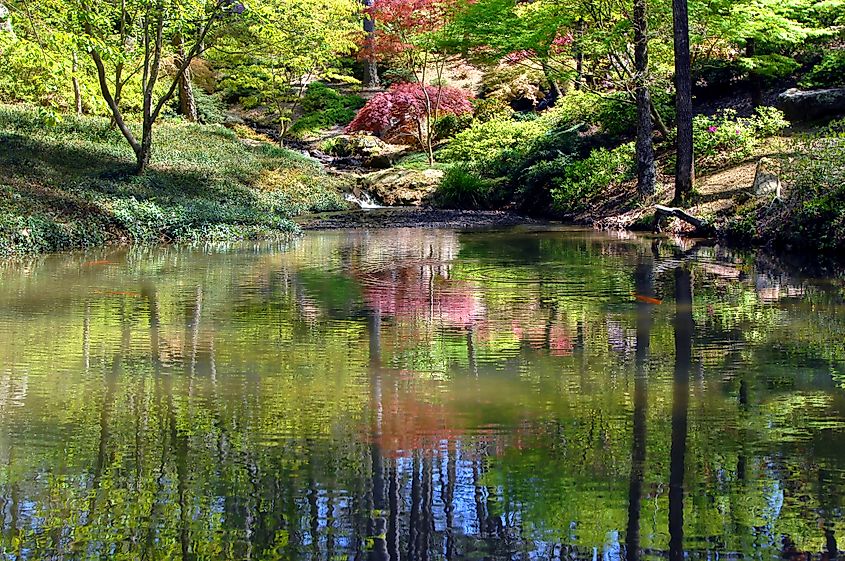
Beyond geology, the Ouachitas harbor a rich and often surprising array of plant and animal life. The range is dominated by oak-hickory-pine forests, especially shortleaf pine and post oak, which thrive in the nutrient-poor soils of the uplands. The region also supports a number of endemic species, including the extremely rare maple-leaf oak (Quercus acerifolia), found nowhere else on Earth but in a handful of isolated groves in the Ouachitas.
The Ouachita National Forest, covering approximately 1.8 million acres, preserves much of this biodiversity. Established in 1907 by President Theodore Roosevelt, it is one of the oldest national forests in the South and contains six wilderness areas. These designated zones restrict development and protect the native ecosystem from modern encroachment.
Wildlife includes white-tailed deer, coyotes, and black bears, as well as cryptic species of salamander found only in these mountains. The Fourche Mountain salamander is a notable example, adapted to the range’s steep slopes and shaded valleys. Its habitat varies dramatically depending on slope direction—north-facing slopes are cooler and moister, while south-facing ones are hotter and drier, supporting shrubs and grassy glades.
Waterways and Scenic Trails
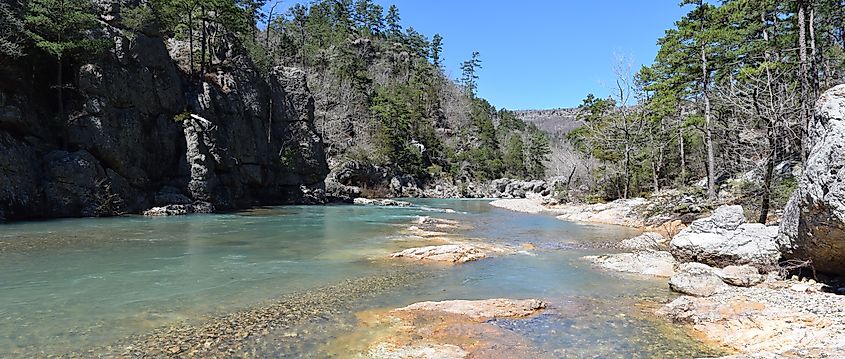
Numerous rivers rise in the Ouachitas, including the Caddo, Cossatot, and Little Missouri. These waterways cut deep valleys and support high-quality aquatic habitats. In the Fourche Mountains, streams may stop flowing during summer’s driest weeks, but deep pools persist, providing crucial refuges for fish and amphibians.
The Ouachita National Recreation Trail, stretching 223 miles from Oklahoma to central Arkansas, offers one of the South’s premier long-distance hikes. Traversing remote ridgelines, forested slopes, and creek crossings, the trail gives backpackers and day hikers alike the chance to experience the diversity and solitude of the range.
The region is also dotted with scenic byways, including Talimena Scenic Drive, which winds along the crest of Rich Mountain and Winding Stair Mountain, offering sweeping views of the Ouachita landscape.
Cultural History and Indigenous Roots
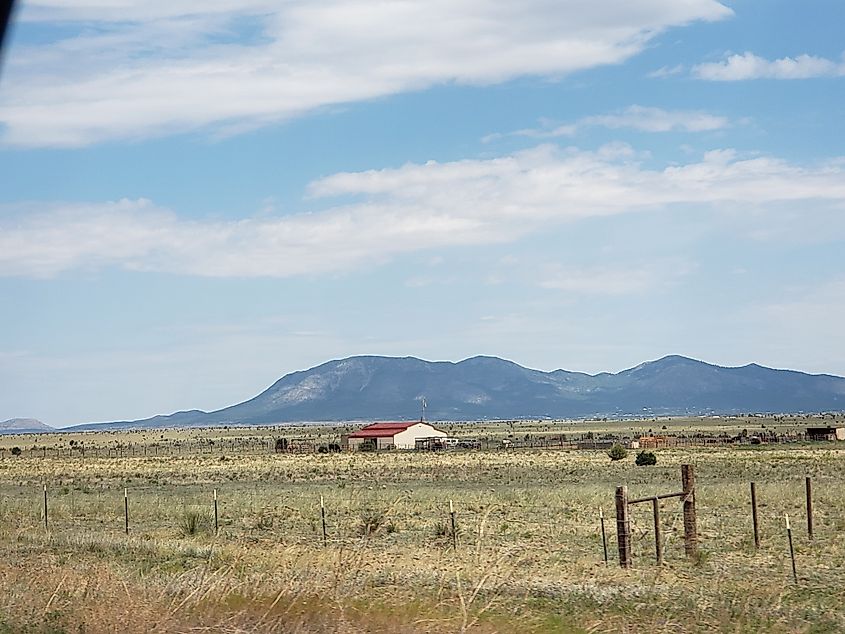
Long before European settlers arrived, the Ouachita region was a vital hunting and trading ground for Indigenous peoples. The name “Ouachita” has several possible etymologies, all rooted in Native American languages. One interpretation from the Choctaw translates to “country of large bison,” referring to herds that once roamed the region. Another meaning, attributed to the Caddo language, is “good hunting grounds.”
European exploration and settlement came gradually. During the 19th and 20th centuries, parts of the Ouachitas were logged, mined, and later protected under federal conservation efforts. The region’s quartz, novaculite, and timber played key roles in local economies, while its springs—especially those in Hot Springs National Park—became health destinations for travelers from across the country.
A Quiet Giant of the Interior Highlands
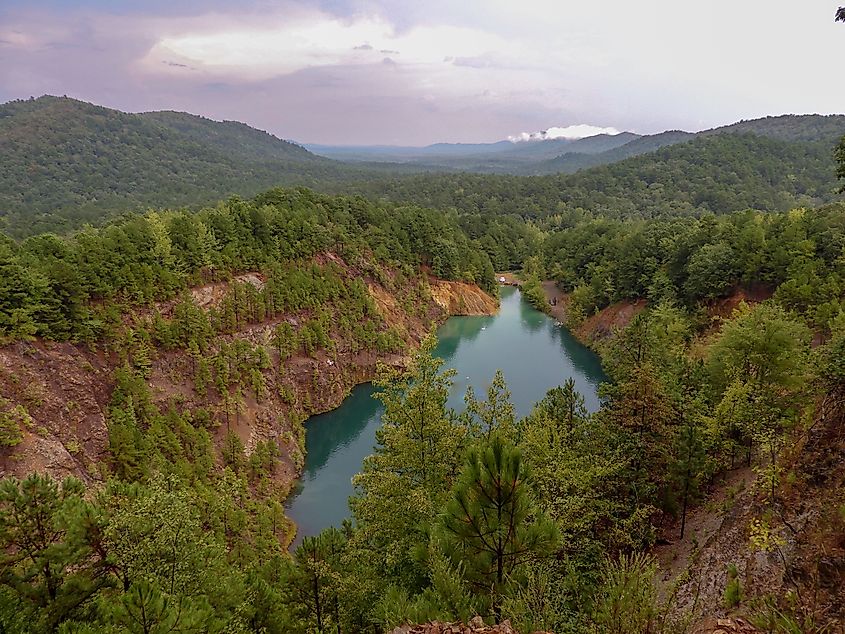
Though they lack the towering peaks of the Rockies or the sprawling range of the Appalachians, the Ouachita Mountains possess a quiet grandeur. They are geologically complex, ecologically rich, and visually stunning. From ancient seabeds hardened into stone to deep forests sheltering endemic species, the range offers a window into Earth’s distant past and an opportunity for timeless exploration.
For those willing to look past the better-known mountain destinations, the Ouachitas reward curiosity with solitude, wonder, and an enduring sense of discovery.
